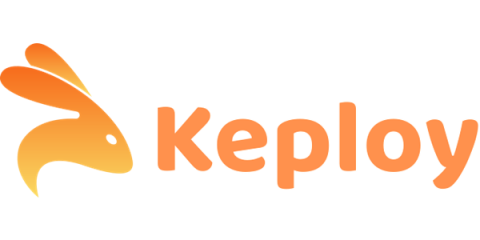Using Tc-Bpf Program To Redirect Dns Traffic In Docker Containers
The adoption of eBPF (Extended Berkeley Packet Filter) has revolutionized high-performance applications, tracing, security, and packet filtering within the Linux kernel. Specifically, TC-BPF, a type of eBPF program attached to the Traffic Control (TC) layer, has emerged as a powerful tool for packet manipulation in both ingress and egress. This blog delves into the practical application of TC-BPF to redirect DNS queries in a Docker environment.











